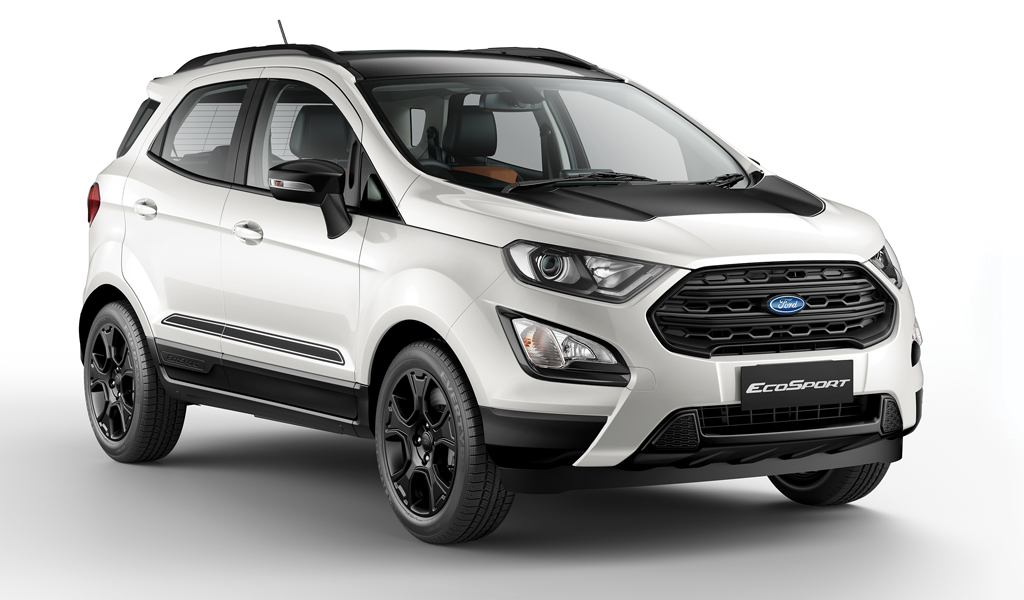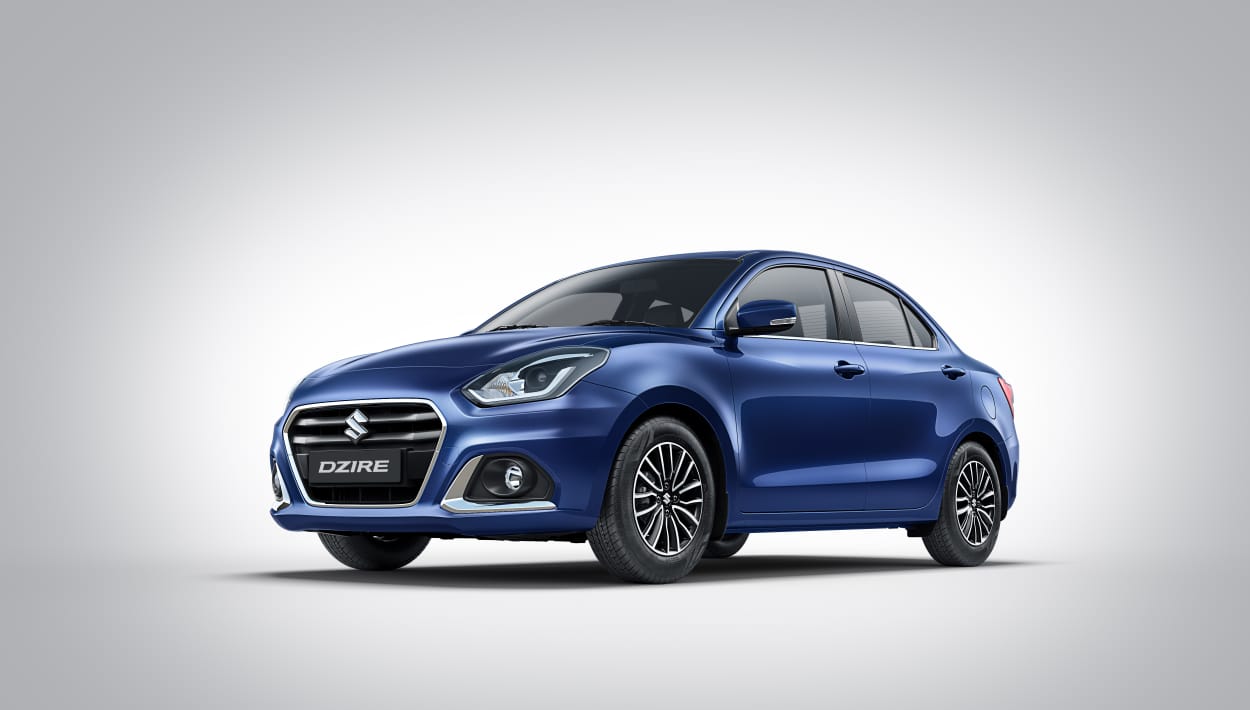The impact of lower taxation on sub-four meter cars
The unusual taxation system has made India into one of the biggest producers of small cars in the world, but it has come with a cost
 Ford noticed an opening that no one else did and brought the EcoSport to India and it was an immediate success.
Ford noticed an opening that no one else did and brought the EcoSport to India and it was an immediate success.More than a decade ago, when the Indian government introduced legislation to impose a lower excise duty on cars shorter than four meters in length, little did they know what the move to promote affordable hatchbacks would lead to. Carmakers welcomed the move, but the line-ups of these companies already had small hatchbacks and the lower excise duty didn't really make much of an impact there. Selling hatchbacks just became a bit more profitable for these companies. And all hatchbacks in India were in fact shorter than four meters already and were powered by engines that were below the cubic capacity threshold to qualify for a lower tax rate.
The law that changed it all
Even cars under four metre need to have an engine smaller than 1200cc (petrol) or 1500cc (diesel) to fall under the lower taxation bracket. The taxation has changed appreciably over the last decade but there has always been significant benefits for a manufacturer for ensuring that their cars fell under the bracket. Under the current GST regime, petrol cars falling under the bracket are taxed at 29 per cent and diesel cars in the bracket at 31 per cent. Anything that doesn't fit in is taxed at a minimum of 43 per cent.
Carmakers response
However, something unexpected happened and carmakers started using this lower tax slab as an opportunity to create unique India specific products that fit inside the four meter length.
It all started with the Indigo CS, a shorter version of the Indigo (in fact, at launch, the Indigo CS was the shortest sedan in the world) with a trimmed boot. Tata could price it a lot more aggressively and as a result, the Indigo CS ended up being a hot seller. Market leader Maruti Suzuki was quick to respond to the opportunity too and soon introduced a shorter version of the popular Swift Dzire.
 Maruti Suzuki was quick to respond to the opportunity too and soon introduced a shorter version of the popular Swift Dzire.
Maruti Suzuki was quick to respond to the opportunity too and soon introduced a shorter version of the popular Swift Dzire.These two products set the tone and soon one every manufacturer made attempts at trying to take advantage of the rule. Some like Honda, added a boot to the Brio to create the Amaze. But soon enough everyone realized that succeeding in this sub-four meter space would require some clever engineering and packaging as Indian consumers weren't willing to accept elongated hatchbacks or shortened sedans. A few years later, Ford noticed an opening that no one else did. It brought the Ecosport to India and it was an immediate success. Crucially, it didn't seem like an SUV that had its rear chopped off. It was purpose built for the segment and buyers fell in love with the unusual styling and the features on offer. Other manufacturers too arrived on the scene and soon the sub four metre compact sedan and SUV space became the most hotly contested part of the Indian automotive market.
Feature packed compact SUVs and sedans
Now, these compact sedans and SUVs, were extremely affordable. The cutthroat competition was making them so. But soon, it wasn't just affordability that would set them apart. Manufacturers started offering tons of features to differentiate them from each other. The cabins became roomier, the engines far more fuel efficient and features from segments above were now in sub-four metre offerings. Some manufacturers even went the extra mile and made their sub-four metre SUVs extremely safe - a challenging task considering that SUVs in this segment are geared towards maximising every millimeter of space inside the cabin. The Mahindra XUV300 and the Tata Nexon, both enjoy 5-star Global NCAP ratings.
 The ‘baby’ XUV with the big heart and tonnes of attitude
The ‘baby’ XUV with the big heart and tonnes of attitudeWhy compact SUVs and sedans make sense
For most Indians today, a sub-four metre car/SUV makes the most sense today. They offer far more value at their price than products from a segment above and are far easier to drive in our crowded cities. And this shift can solely be attributed to the lower taxation on these cars. We now have a range of well-built, fuel efficient, feature rich cars and SUVs that don't break the bank. But all this has come at a cost.
The cost
The reasons to introduce taxation breaks for smaller cars with smaller engines was geared towards a few objectives. The government wanted to lower fuel import bills and reduce traffic and pollution in our cities. No one however, anticipated the surge in demand that the law would create. The automotive industry grew at never seen rates and and our cities went on to become one of the most polluted and congested in the world. Crucially, the law didn't account for the pollution that these cars would cause.
Rationalization in our legislations taxing small cars is necessary to ensure that we can reduce air pollution in our cities. In addition, our rate of adoption of EVs is severely compromised by a high taxation rate on hybrids (43 per cent) - the stepping stone to mass adoption of EVs.
While the sub-four metre taxation bracket brought with it several innovations from manufacturers and resulted in a highly evolved automotive market that today is one of the pillars of our GDP. But these very rules, path breaking when they were announced, could be dangerous for the country in the very near future.


